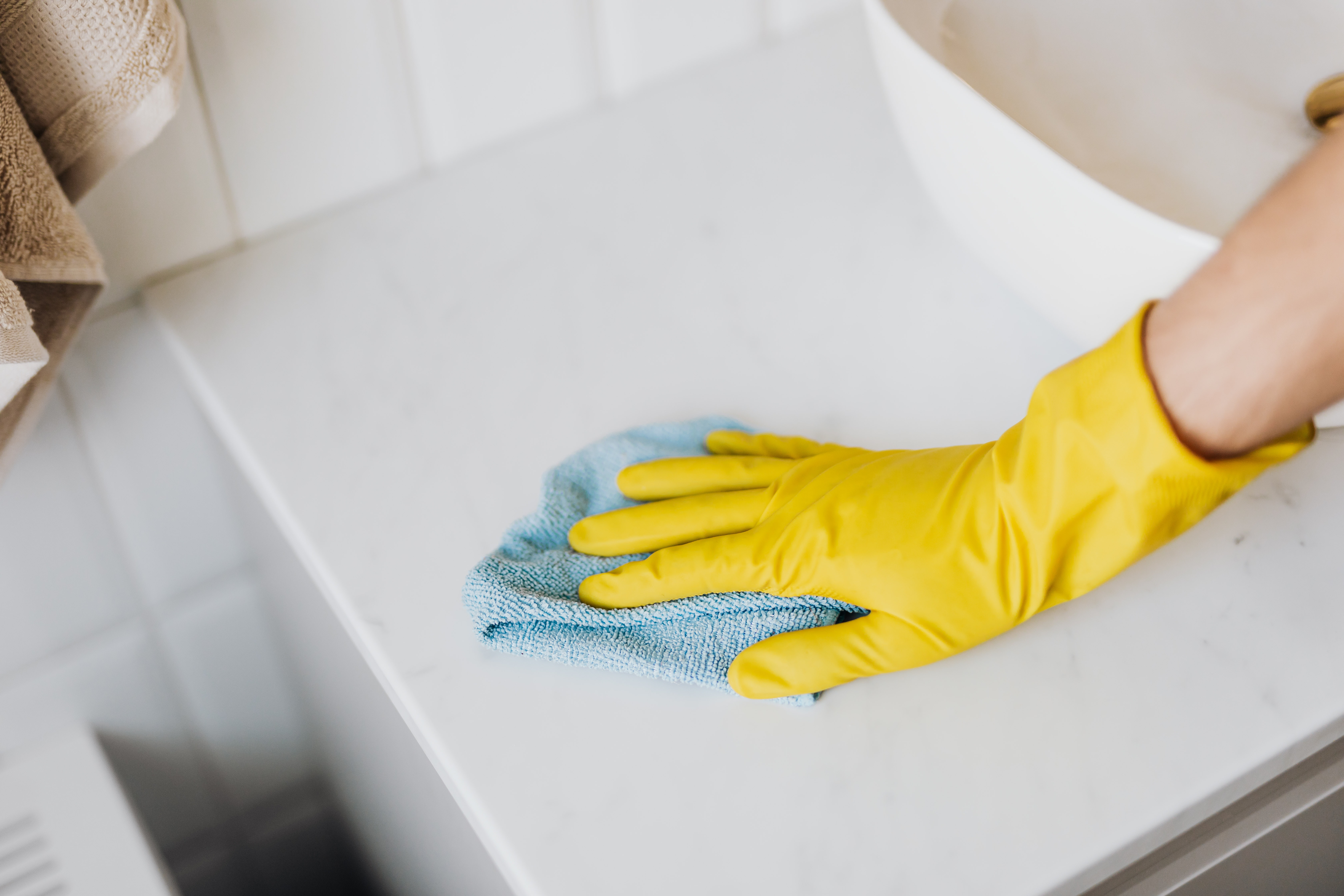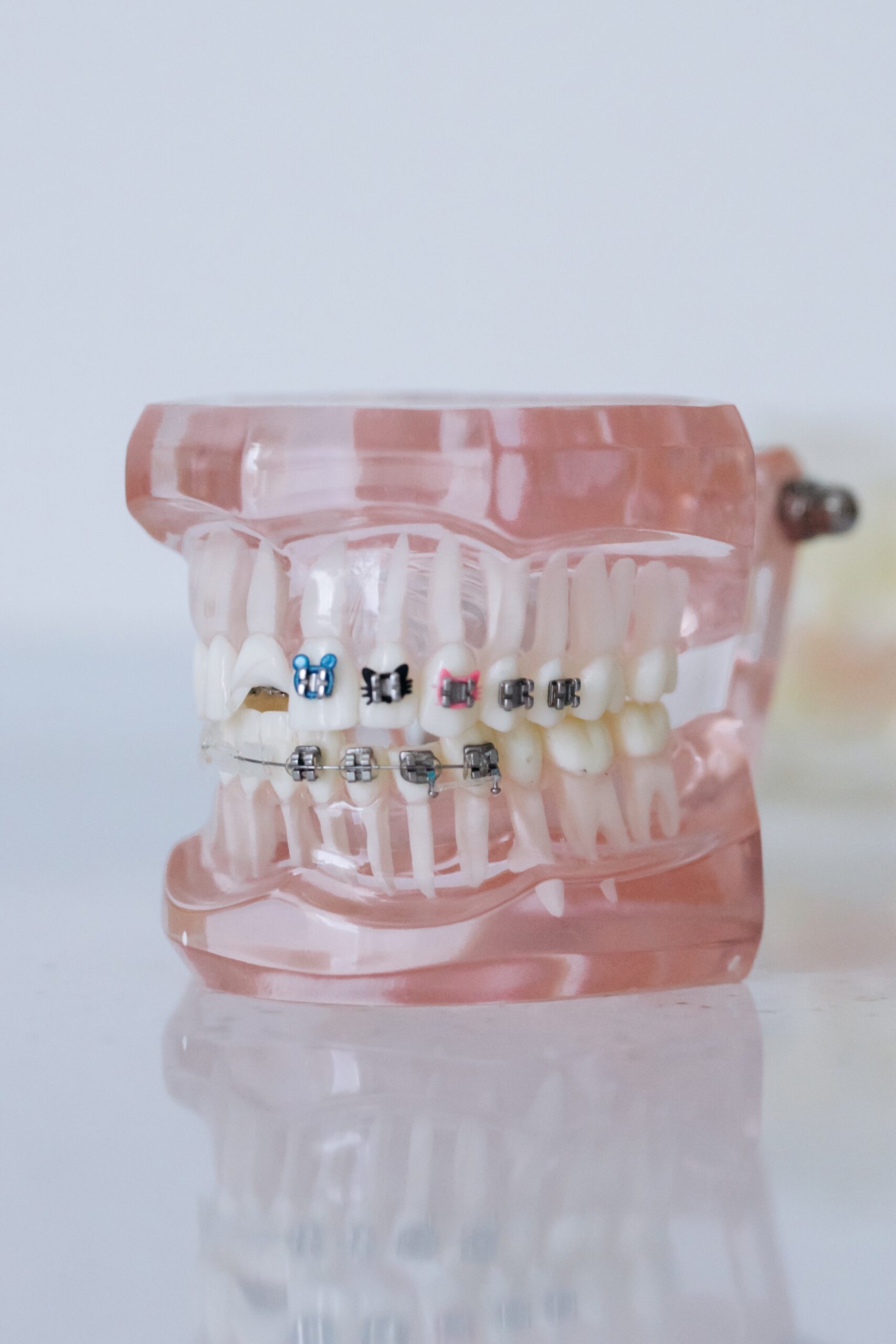Cleaning microfiber cloths prevent cross-contamination and extend their usefulness. The rags are effective at polishing reflective surfaces because they don’t leave any fibers behind. They are an ideal option for wiping down stainless-steel surfaces or mirrors. Here are the best ways to clean microfiber cloths:
Table of Contents
What You’ll Need
Materials:
- Stain remover (optional)
- Tablespoon of white vinegar (optional)
- Unscented laundry soap or detergent
Equipment:
- Drying rack or dryer
- Basin, sink, or washing machine
Instructions
Wash Microfiber Items in a Separate Load
Separate your microfiber cloths from other laundry items. You don’t want the dirt, hair, and dust on other items to transfer to the cloths.
You will also need to separate cloths for cleaning the kitchen, cleaning bathrooms, and dusting. Washing microfiber items with regular laundry may make the laundry look dirtier than before.
Microfiber cloths have bristles that may collect lint from other fabrics. Separate the cloths that are heavily soiled from those that are lightly soiled.
Treat Stains
Pre-treat cleaning cloths if you want to get rid of stains. Use any stain remover that you depend on for laundry. You can add extra laundry detergent and rinse the cloths out ahead of the wash cycle.
Set the Water Temperature
Wash lightly soiled clothes in cold water or use a gentle cycle on your machine. Clean heavily soiled clothes in warm water in a basin or washing machine.
Add Detergent
Add 1 or 2 teaspoons of detergent to the bin or washing machine. Excess soap will not rinse out well but will instead stick to the fibers, meaning the cloth will not be clean as it should be.
The fibers don’t require excessive detergent as they release dirt easily. Add one tablespoon of vinegar to the wash water if the cloths smell.
Never use fabric softener or bleach. Both are known to ruin microfiber cloths.
Fabric softener contains surfactants that clump the fibers. Bleach destroys split fibers that give the cloths their strong cleaning power.
Rinse the Cloths Well
Rinse out all the detergent well. If you’re washing the cloths by hand, rinse them thoroughly under a stream of water. Squeeze out the excess water well before drying.
Dry Them
When using use a dryer, use no heat or a low heat setting. The cycle will be short as microfiber dries fast. Take time to separate the cloths from other items to prevent lint and hair attraction.
The best option would be to air-dry them because they dry quickly. Drape them on a shower rod, and they will dry quickly. You could hang them in a sunny spot on a laundry line for added disinfection. Never use dryer sheets as they will coat the fibers, making them less useful at absorbing grime.
When to Wash Them
Bathroom and kitchen cloths are meant for cleaning greasy messes. Use hot water to kill germs.
Rinse cloths for dusting or polishing dry messes, glass, and mirrors under running water and air dry them. Launder them after at least four uses.
Best Ways to Clean Microfiber Cloths
Washing Machine
Use a mild detergent and warm water when cleaning the clothes in the washer. Place them in a dryer on a low heat setting without the dryer sheet for a few minutes to dry.
When using the washing machine, never use bleach, fabric softener, or powdered detergent to clean a microfiber cloth. Avoid cleaning microfiber with cotton because the lint particles will clog the fibers, rendering the cloth useless.
Hand Washing
Microfiber cloths used for light dusting can be hand-washed. Put them in a basin of warm water. Don’t use any detergent; swish the cloths using your hands to remove the dirt.
Look for the Best Supplier of Microfiber Cloths
Before looking for a supplier of microfiber cloths, consider the type of surface and dirt you’ll be cleaning. Compare several suppliers to identify one who sells the best quality. Prioritize a supplier with different types of cloths, such as heavy-duty, medium grade, and microfiber with a suede-like texture.
How Long Do Microfiber Cloths Last?
One of the advantages of cleaning with microfiber is that it endures quite a while. Numerous microfiber materials can take up to 500 washings. That is as long as two years in a normal family.
Sadly, they don’t endure forever; sooner or later, microfiber material cleaning will not have a similar rejuvenating impact it once did. You’ll know now is the ideal time to say goodbye to your ongoing fabric when it’s done tidying or getting dust like it once did.
That is microfiber fabric cleaning more or less. As may be obvious, there’s not a lot to it. So ensure you treat your microfiber right, and you can continue to involve your handy dandy fabrics for quite a long time.
Instructions to Dry Microfiber Materials
While drying, guarantee that you keep your microfiber fabrics from your other attire materials so they don’t draw in hair strands or build up from them.
Additionally, it is prompted that you line dry your microfibers rather than machine-drying, albeit this isn’t necessary. It is to keep them from drawing in soil or stains in the dryer.
Furthermore, if you need to machine dry your microfiber fabrics, guarantee that you utilize a low or no intensity setting.
Might You at Any Point Reuse Microfiber Materials?
Individuals frequently expect that when you wash and reuse a cleaning material, it probably won’t be basically as perfect as it ought to be and could in any case hold a few microbes. Nonetheless, your microfiber materials can be reused whenever they are washed. Assuming that you clean and disinfect them appropriately, they will be liberated from microorganisms and can be utilized once more.
Likewise, one of the advantages of involving microfibers as cleaning fabrics is that they keep going for quite a while. Thus, you can involve them for a lengthy period. Albeit, following a couple of years, they start to lose their retentiveness and don’t get soil, grime, or garbage like they used to.
In this way, as long as you wash them routinely and forestall soil development, you can reuse them for as long as two years.












